Like any capital city, Berlin isn’t immune to the plague of social challenges. Walking along the trendy, popular and expensive neighborhoods like Mitte locals and visitors alike may only notice the obvious—the TV tower, Museum Island, etc. etc. To see what’s really going on, you may need to pay a little closer attention.
Redefining the perspective of city spaces
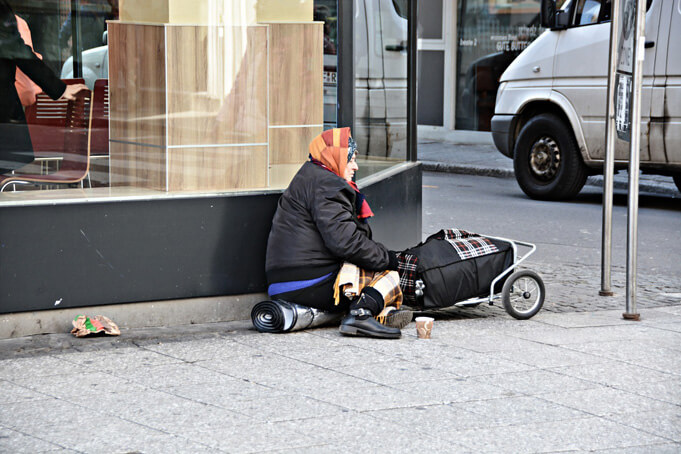
Rising rents, increasing poverty among low-income groups and poor political planning are some reasons for the approximately 2,000 to 4,000 homeless people living in Berlin. And for those who call the streets home, life looks a lot different than the ones with a warm bed to sleep in at night. The park, city square, under a bridge or a side street becomes living quarters.
A new kind of walking tour, organized by the organization querstadtein is designed to give participants a glimpse into what life would be like as a homeless person in Berlin. How is it guaranteed to be authentic? The tours are given by those who used to be homeless themselves.
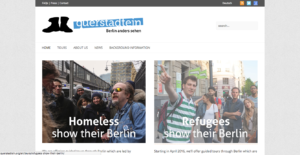
The initial idea for the tours came in response to the lack thereof in Berlin. Other cities such as Hamburg, London and Copenhagen had already started giving tours by formerly homeless people. And in Berlin, the city with the largest homeless population in Germany, there was nothing to be found.
The first tour took place in 2013 and has been gaining popularity ever since.
Two homeless tour options: Mitte or Charlottenburg-Wilmersdorf
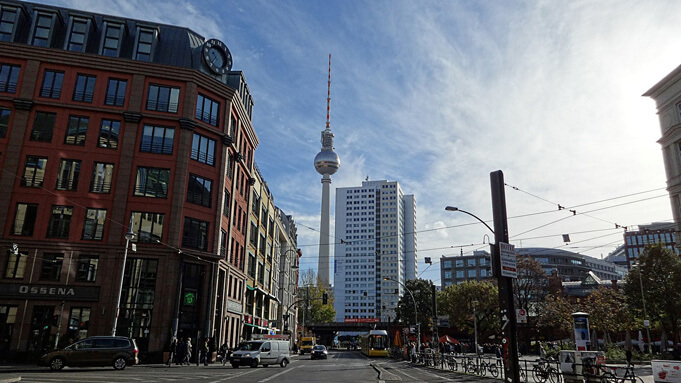
The first option takes participants around Berlin’s most famous area: Mitte. With the slogan “Sleeping outside in an art”, the tour guide Uwe Tobias takes you around the places he called home shortly after the German reunification. This is in stark contrast to the typical tourist sites, instead, showing visitors the bridges and empty houses along the Spree that Tobias used to call “home”.
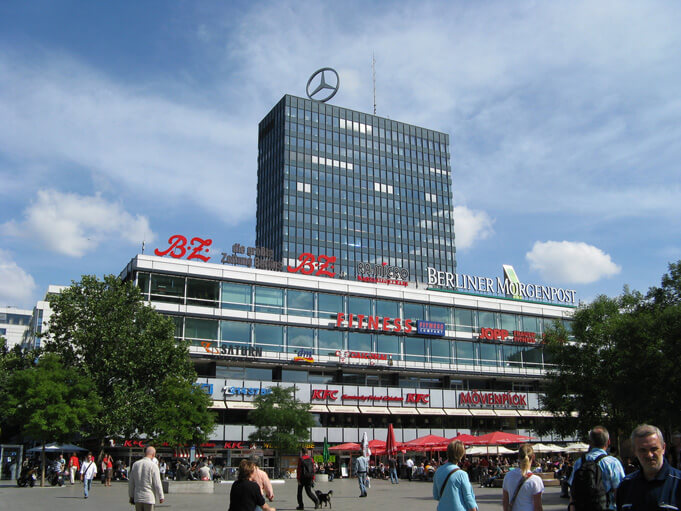
The second option is around Berlin’s shopping mecca Charlottenburg-Wilmersdorf. It begins at the Bahnhof Zoo, a central place for shelter for Berlin’s homeless throughout the years. The guide Dieter Bichler, tells stories about his time living on the street in the fall and winter of 2012.
The real purpose of the tours
The goal of the tour is to open the eyes of visitors, not “look at homeless people as though they were in a zoo,” says co-founder Katharina Kühn. Putting a face to homelessness can help to build connections and encourage people to help out—especially for locals. Soup kitchens, homeless shelters and other charities such as these ones are always looking for volunteers:

- The Berlin Food Bank
- The “Warme Otto”
- The Caritas Mobile Clinic
- “Under Pressure” project
- And many more! (A quick Google search will turn up tons of results).

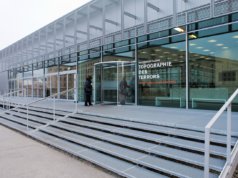

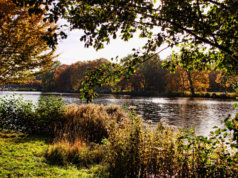
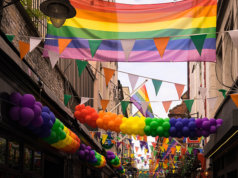
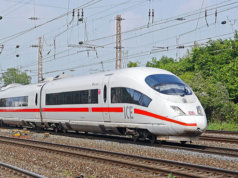
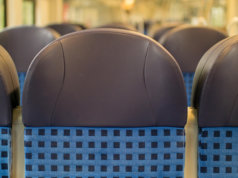
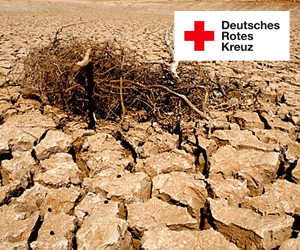





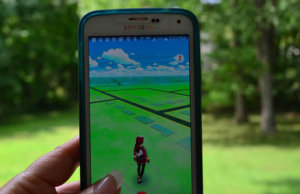
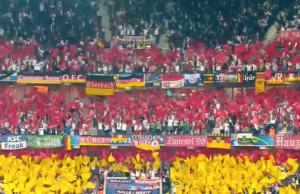
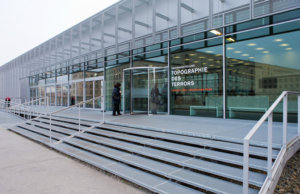
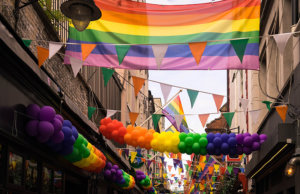
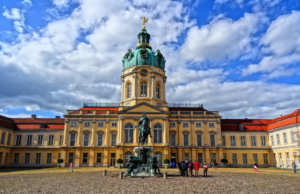


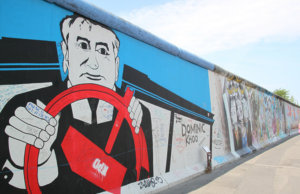
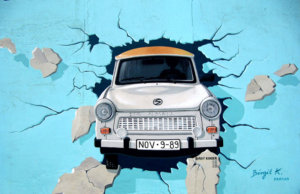
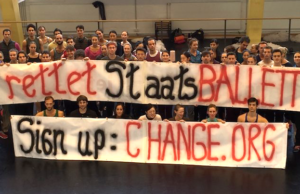
And yet, they invite refugees in to take care of
Same here in America… So sad
Comments are closed.